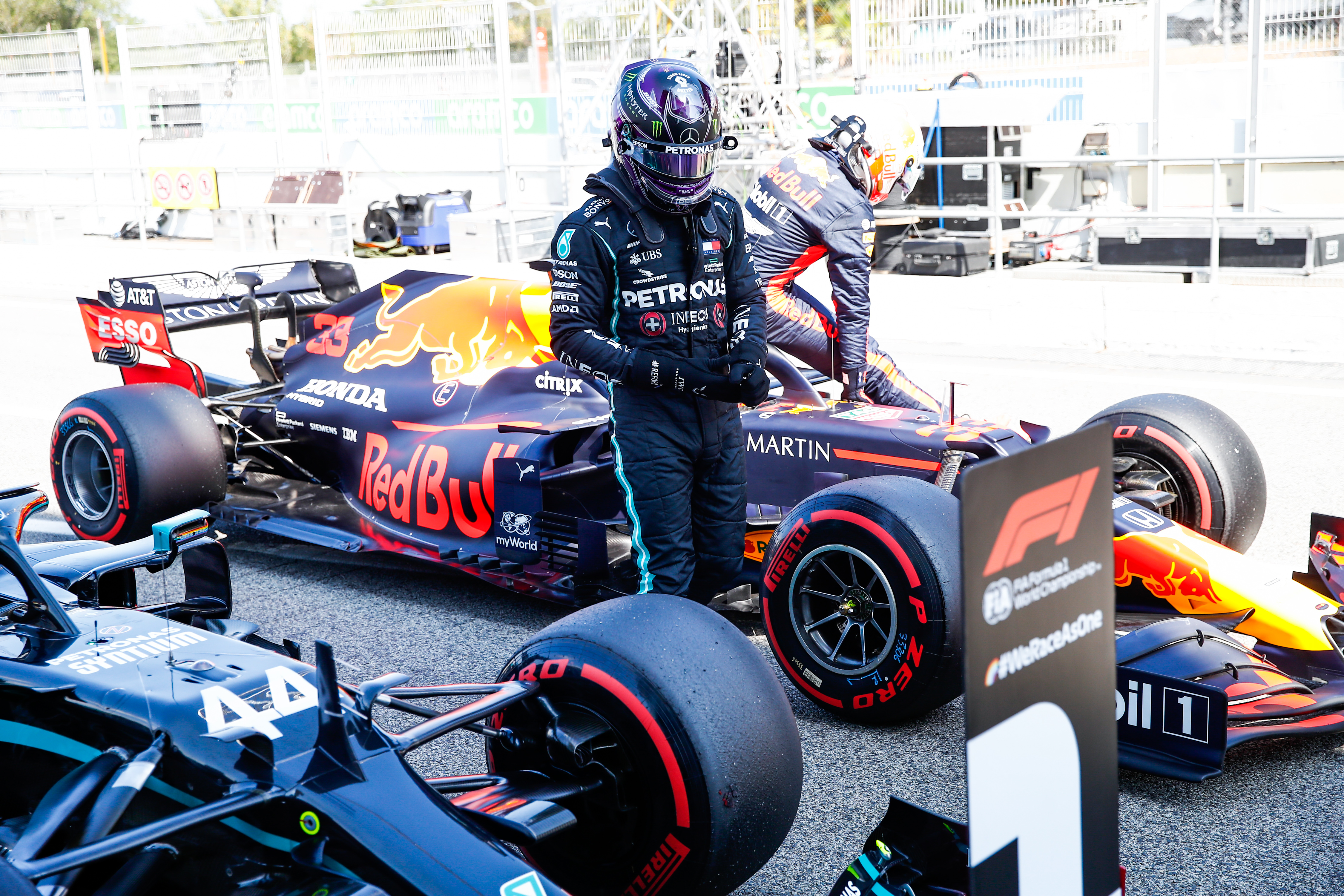Up Next

Formula 1 has developed an algorithm to determine the fastest driver since 1983, ranking Ayrton Senna quickest from Michael Schumacher and Lewis Hamilton and placing Heikki Kovalainen and Jarno Trulli in the top 10.
In celebration of F1’s 70th anniversary an effort has been made in conjunction with Amazon Web Services using machine learning technology “to provide an objective, data-driven ranking of all drivers from 1983 through present day, by removing the F1 car differential from the equation”.
The same partnership is responsible for the expansion of the data use and graphics in F1’s TV coverage, which has included the addition of ‘corner ranking’ and ‘tyre usage’ models to mixed reviews.
According to F1, three-time world champion Ayrton Senna is ranked fastest, 0.114s quicker than seven-time world champion Michael Schumacher and 0.275s faster than current world champion Lewis Hamilton.
Senna held the record of most pole positions (65) before being eclipsed by Schumacher (68) and subsequently Hamilton (92).
F1’s ‘fastest driver’ ranking
| Rank | Driver | Gap (seconds) |
| 1 | Ayrton Senna | – |
| 2 | Michael Schumacher | 0.114 |
| 3 | Lewis Hamilton | 0.275 |
| 4 | Max Verstappen | 0.280 |
| 5 | Fernando Alonso | 0.309 |
| 6 | Nico Rosberg | 0.374 |
| 7 | Charles Leclerc | 0.376 |
| 8 | Heikki Kovalainen | 0.378 |
| 9 | Jarno Trulli | 0.409 |
| 10 | Sebastian Vettel | 0.435 |
F1 has not revealed the full dataset but has broadly outlined the factors taken into consideration.

Every qualifying lap in F1’s data archive has been incorporated into the analysis. Outlying laps such as weather-affected qualifying sessions were removed.
Team-mate comparison in qualifying is at the heart of the process, allowing the algorithm to “normalise” car and team performance.
This lets it focus on a driver’s “performance output, building a network of teammates across the time-range, all interlinked, and therefore comparable”.
Former Williams engineering chief Rob Smedley has worked with F1 and AWS closely in his role as F1’s director of data systems.
He said the project had allowed them to “build up a picture of how the drivers compare, by analysing the purest indication of raw speed, the qualifying lap.
“It’s important to note this pure speed is the only element of the vast driver armoury we are analysing here, to showcase the quickest drivers ever, which is very exciting,” he added.




